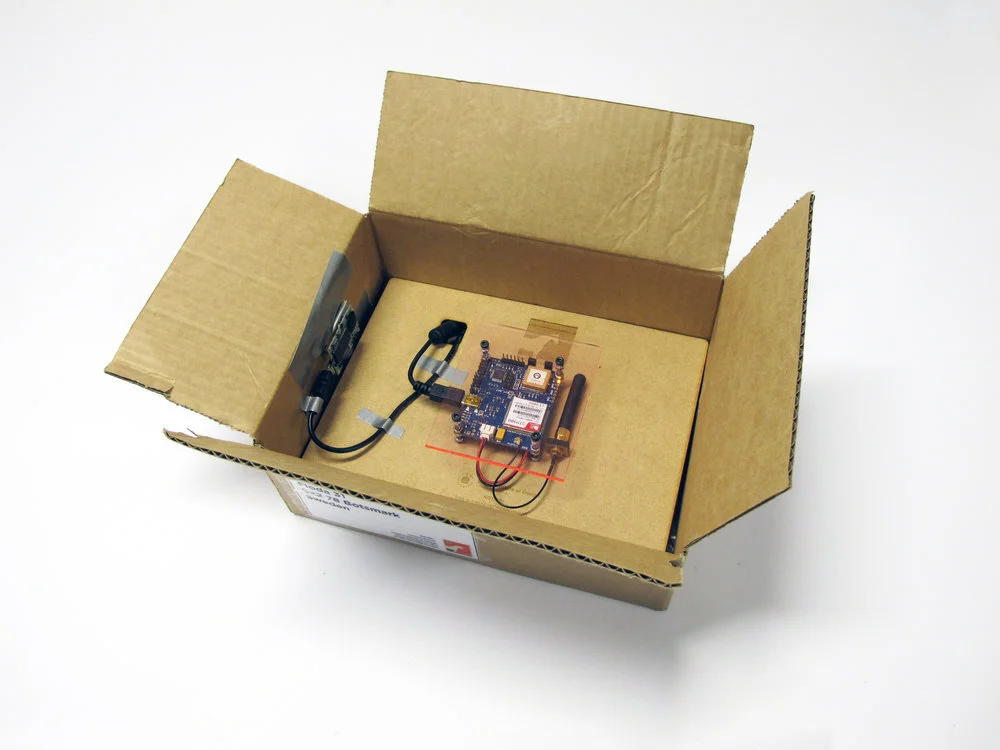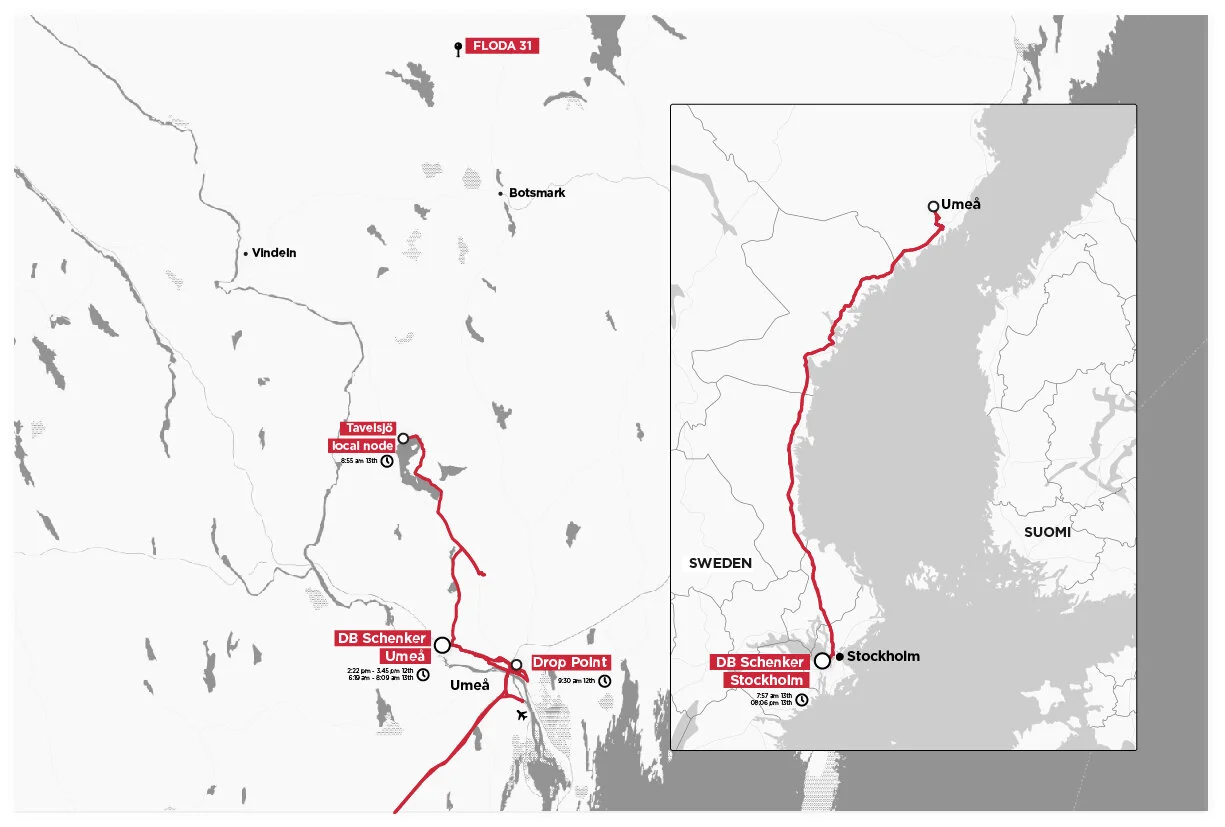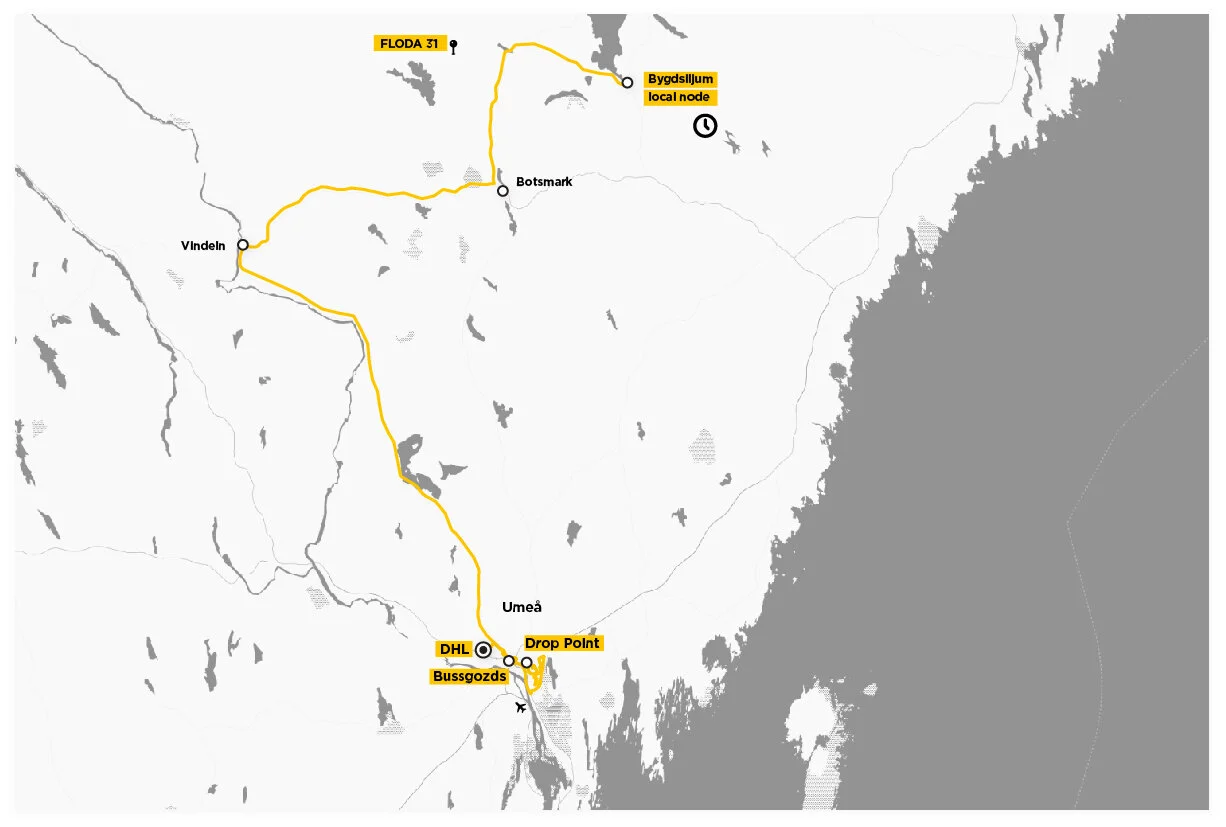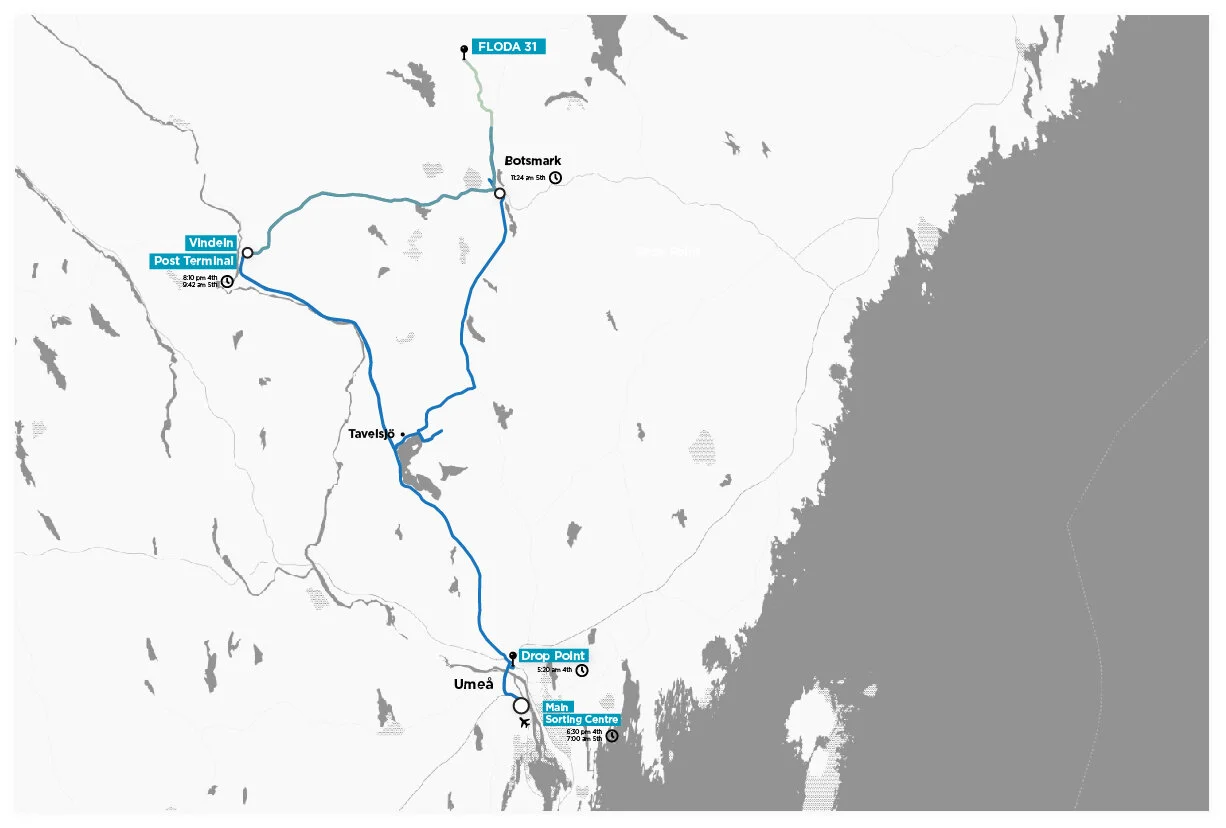Trojanboxes
Trojanboxes is the name given to a set of camera and GPS-equipped sensors probes. These research tools were crafted as a way to engage publics in the exploration of the systemic agency of logistic networks through 'participatory hacking' sessions. The basic questions and premises behind the development of these tools are the following:
If we want to provide more citizen-centered solutions to emerging social demands, we not only need to explore ways to properly attune new systems to their context of use; but we must acknowledge what changes are possible, and even required, within the industrial systems that currently frame our possibilities for implementing such innovations.
Bottom up and citizens centered innovation require 'transparency', a quality that infrastructures do not typically have. On the contrary, their functionalities and back-end operations are usually deliberately concealed or naturalized in the background of human interactions, hidden behind their front end interfaces. Thus, if we want to begin to explore how to transform logistic infrastructures and services toward more user-centred configurations, we must first explore ways to make these large scale systems 'present and available' for design and bottom-up innovation.
USE CASE
As a way to collaboratively explore how to possibly solve the last-mile distribution problems that affect their area, the members of the small rural community of Floda, in the northern Swedish countryside, used the trojanboxes to map and understand the systemic functioning of local services.
A kit of sensor and cultural probes were delivered to local inhabitants. Augmented parcels were shipped between participants and designers as way to collaboratively explore how different logistic infrastructures work. At the same time social media and photo sharing platforms were employed to gather information and ideas not only from the infrastructural side, but also from the everyday life activities and interpretations of these infrastructures from a users perspective.
The probes allowed the playful exploration and understanding of the system and its features: what it does, what it does for others and what it could possibly do. By opening-up otherwise concealed and hard to relate-to large-scale networks for questioning and interpretation, they allowed non experts to learn and actively engage with systemic infrastructural matters, identifying possibilities for service innovation.
The GPS data and the video footage produced made the back-end information of different delivery services observable and reportable, offering a complete narrative of their distribution journeys. Several qualities of their infrastructures have been exposed, allowing participants with the means to relate to these networks and to conceive an alternative and more locally-responsive service-scenario, re-configuring the interactions among the three main logistic services serving the area.
For more insights about the service concept, participatory hacking and the following steps in the project :
PARTICIPATORY HACKING:
Materializing infrastructures for participatory hacking. DIS 2014, Vancouver, ACM.
CRAFTING & PROTOTYPING:
Hacking delivery systems. DRS 2014.
Crafting trojanboxes. Excerpt from Transtrucutres.






